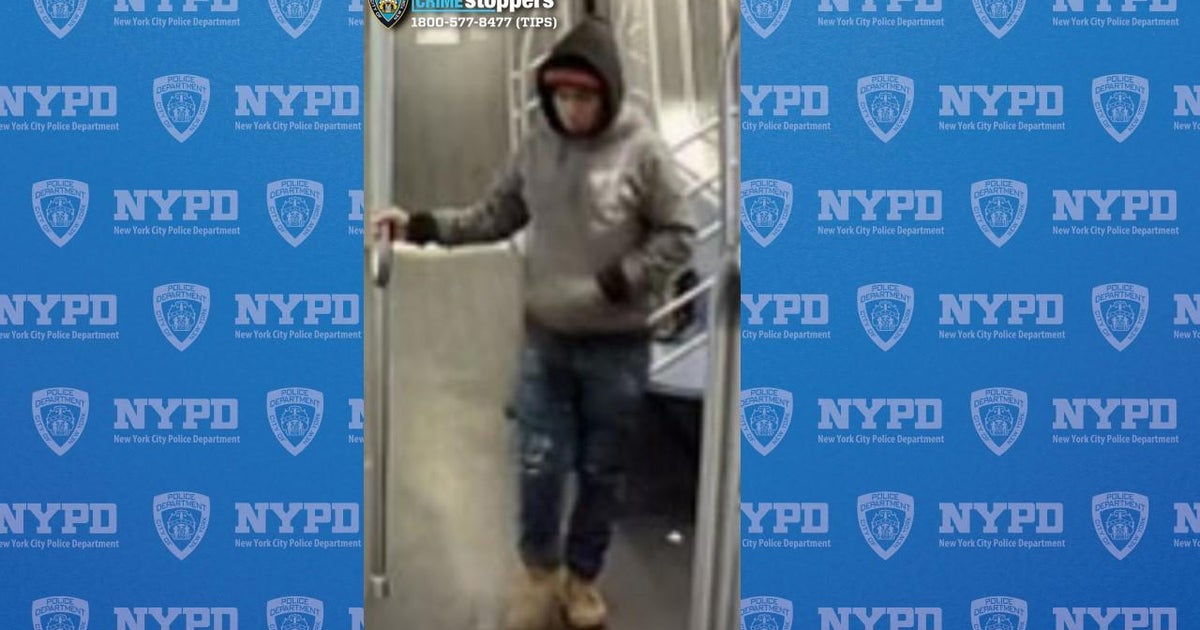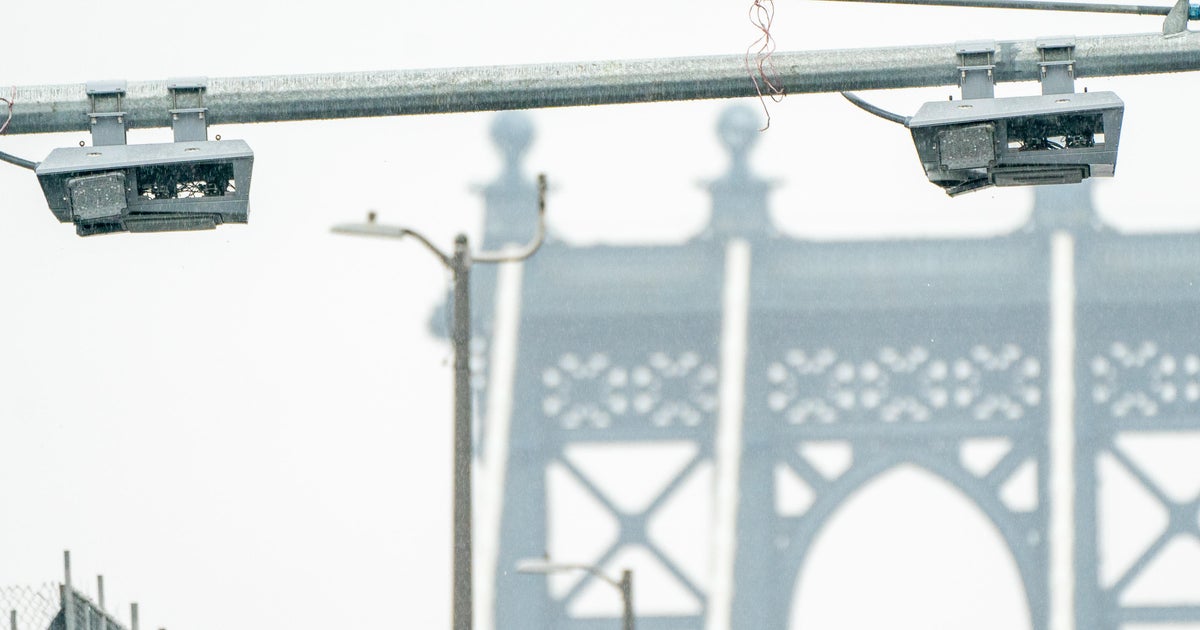Massive Ebola Training Session Held At Javits Center As CDC Releases Revised Gear Guidelines
NEW YORK (CBSNewYork/AP) -- Armed with new safety guidelines for head-to-toe protection of health workers treating Ebola patients, federal officials are in New York City to demonstrate the recommended techniques.
Thousands of health care workers are attending the massive training session Tuesday at the Javits Center.
Speaking to the crowd, Gov. Andrew Cuomo said training and preparation is key when dealing with Ebola.
Massive Ebola Training Session At Javits Center As CDC Releases Revised Gear Guidelines
"What's going to kill this disease is knowledge, is training, is preparation. Having the right protocols, having the right knowledge, having the right equipment and doing it right and making sure we make no mistakes," he said. "Don't say this is not my job, not my position. It's important to everyone is every position. Train yourself, pay attention, learn. That's the best weapon we have."
Mayor Bill de Blasio said New York is ready to handle any potential case of the deadly disease.
"With every passing day, we're getting better and better at dealing with this challenge," he said. "Coordination and communication is key in all things, but particularly in crisis. City and state are constantly in dialogue, constantly adjusting strategies, working together, working with the CDC."
Dr. Arjun Srinivasan from the U.S. Centers for Disease Control and Prevention said one health care worker with Ebola is too many.
"It's important to emphasize that you shouldn't rush," Srinivasan said at Tuesday's meeting. "You shouldn't be disturbed while you're doing this. Putting on the equipment, taking off the equipment -- it takes time."
Officials on Monday night released the advice, which health workers had pushed hard for after two Dallas nurses became infected while caring for the first person diagnosed with the virus in the United States.
EXTRAS: Fact Sheet On Ebola Screenings | More From The CDC | Ebola Q & A With Dr. Jonathan LaPook
The president of a group representing 3 million registered nurses said she's glad to finally see better federal advice. Health care workers said the CDC's old guidance was confusing and inadequate, and left them fearfully unprepared for how to deal with an Ebola patient.
"Today's guidance moves us forward,'' said Pamela Cipriano, president of the American Nurses Association, in a statement Monday night.
Demand for new guidance was spurred by the unexpected infections this month of the two nurses at Texas Health Presbyterian Hospital in Dallas. It's not clear exactly how they became infected, but clearly there was some kind of problem, CDC Director Dr. Tom Frieden said.
"The bottom line is the guidelines didn't work for that hospital,'' Frieden said, in announcing the revised guidelines Monday evening.
Earlier CDC guidelines had been modeled on how Ebola patients in Africa were treated, though that tends to be less intensive care done in rougher settings, like tents. They also allowed hospitals some flexibility to use available covering when dealing with suspected Ebola patients.
The new guidelines set a firmer standard, calling for full-body garb and hoods that protect worker's necks; setting rigorous rules for removal of equipment and disinfection of hands; and calling for a "site manager'' to supervise the putting on and taking off of equipment.
They also call for health workers who may be involved in an Ebola patient's care to repeatedly practice and demonstrate proficiency in donning and doffing gear before ever being allowed near a patient.
And they ask hospitals to establish designated areas for putting on and taking off equipment, whether it's a room adjacent to an Ebola patient's room or a hallway area cordoned off with a plastic sheet.
The CDC cannot require hospitals to follow the guidance; it's merely official advice. But these are the rules hospitals are following as they face the possibility of encountering patients with a deadly infectious disease that a few months ago had never been seen in this country.
The CDC guidance was expected as early as Saturday, but its release has been pushed back while it continues to go through review by experts and government officials.
All this stems from the case of Thomas Eric Duncan, a Liberian man who came down with Ebola symptoms last month while visiting Dallas.
Duncan went to the hospital Sept. 25 but was not tested for, or diagnosed with, Ebola. He returned to the hospital three days later and on Sept. 30 tested positive. He died Oct. 8.
Duncan's case led to the monitoring of about 50 people who came in contact with him before his second trip to the hospital, and dozens of health care workers who cared for him after his admission.
The 50 in the initial contact group have passed a 21-day observation period and no longer are deemed at risk for coming down with the dreaded disease.
There are now about 120 people in Texas being monitored for symptoms, with their wait period ending Nov. 7, said Dallas Mayor Mike Rawlings. He said the number may fluctuate.
There are also about 140 people being monitored in Ohio because of contact or potential contact with nurse Amber Vinson, Ohio officials said. Vinson, who cared for Duncan in Texas, flew from Dallas to Cleveland on Oct. 10 and flew back Oct. 13.
New York City officials held a meeting Monday to prepare city workers in the event that deadly virus were to emerge in New York.
"We're addressing it at all levels," said Office of Emergency Management Commissioner Joseph Esposito. "This meeting was for all city workers."
Officials ran through a number of scenarios in which Ebola could conceivably be transmitted.
Leaders said the other big objective was to dispel any myths about Ebola in hopes union leaders would do the same among their membership and those members will then do the same in their communities.
They also stressed that this is all being done as a precaution; there are no cases of Ebola in the New York area and no reason to believe there will be anytime soon.
Check Out These Other Stories From CBSNewYork.com:
(TM and © Copyright 2014 CBS Radio Inc. and its relevant subsidiaries. CBS RADIO and EYE Logo TM and Copyright 2014 CBS Broadcasting Inc. Used under license. All Rights Reserved. This material may not be published, broadcast, rewritten, or redistributed. The Associated Press contributed to this report.)



